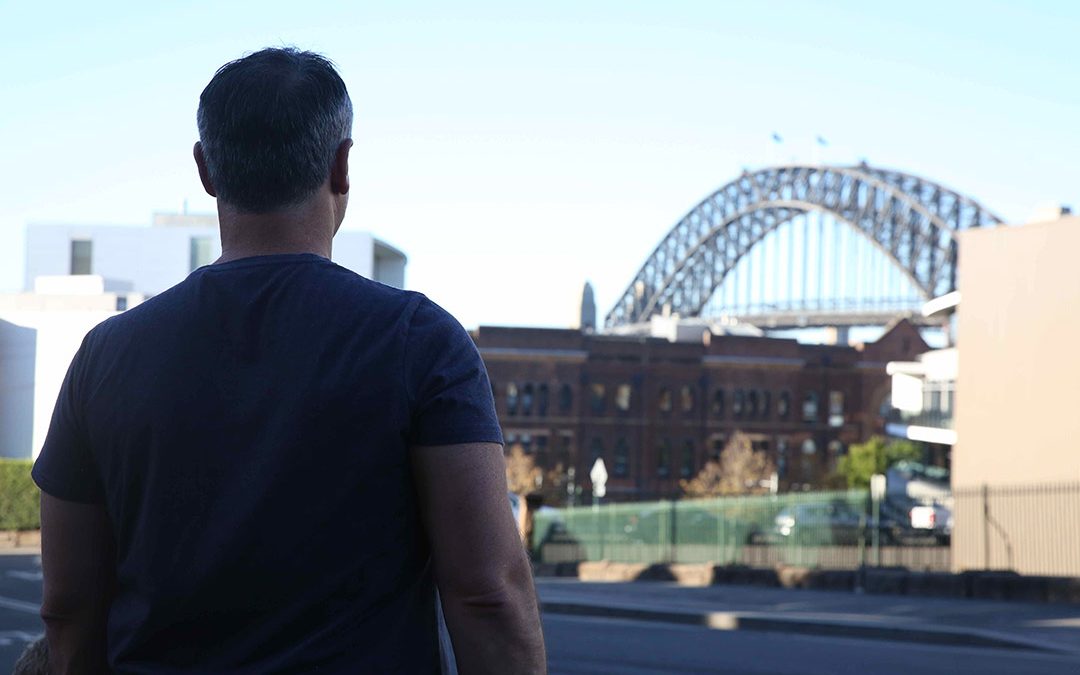Author: Nelson Dueza, Director | Residential, Colliers International
Perhaps the biggest question on many of our minds today is what Australia could look like post COVID-19.
There are a number of options although they appear to become more complex every day. One is a recovery back to the way things were, perhaps optimistic, but not impossible. Another is a complete upheaval. Another is a new-normal made up of fragments of the familiar mixed with lots of change.
However, as the circumstances we face involve a complex mix of health, economic and social impacts a return to the status-quo looks widely optimistic. Even more so as COVID-19 is impacting every household, every community, every state and every nation on earth.
Mid-way through 2020 if we just concentrate on the housing market as our key topic, it looks wise to consider all options, and it’s also constructive to have an open mind to an entire range of possibilities.
One fact appears certain and that is COVID-19 has impacted all of the world’s social, political and geographic boundaries which now appear to no longer matter. Perhaps today more than ever we have come to appreciate how small the world, right down to our own local community, actually is.
Housing is an area for example where everyone agrees that Australia needs more homes and that cover the full-spectrum of our society. But how they are built and financed, and where they are built often has us wondering if there will ever be enough? COVID-19 has acted once again to bring into very sharp focus how we might answer this complex and decades old question.
As COVID-19 has swamped our daily lives most of us returned home. Many of us returned home to isolate, returned home to be safe. And so, our homes, suburbs and local community looks a pretty good place to start. Across Australian cities home is where many of us have spent the majority of our time for the past three months. Home is where we feel secure and where many of us are now working.
Often recessions take a year or longer to unfold, in 2020 this has happened in just weeks and parts of the housing market will be impacted. Some impacts like price and demand will be very blunt and quick changes, other changes like where we live, and the design of homes will take much longer.
In the face of COVID-19 Governments acted almost over-night and switched-off big chunks of the economy. Followed quickly by huge shut-downs across entire industries and as a result the impact on employment has been blinding, huge numbers of people have either been stood-down or lost their jobs over-night, recovery may well take years.
The health of the housing market has always been interwoven with the health of the employment market, that applies as much to housing affordability for buyers as it does to anyone looking to rent. The potential high-levels of long-term unemployment will have an impact on the demand for housing, and the trend might be even more blunt if prices and demand fall as immigration falls. In any respect the market may see a huge drop in confidence, and many buyers will turn away from the risk of taking on a mortgage.
One fact already stands out and that is that home is sure to take on more relevance for every individual and community and that’s either a home that’s being purchased or rented. Home is going to become far more central and will and already does address working from home, home schooling, home shopping, home renovation, home baking, home cooking, home cinemas and better inter-generational housing, as the aged care sector has been very starkly battered by COVID-19.
As we start to consider the housing market post COVID-19, home is going to be central in so many ways to our personal recovery, society and community as a whole, and the economy.

